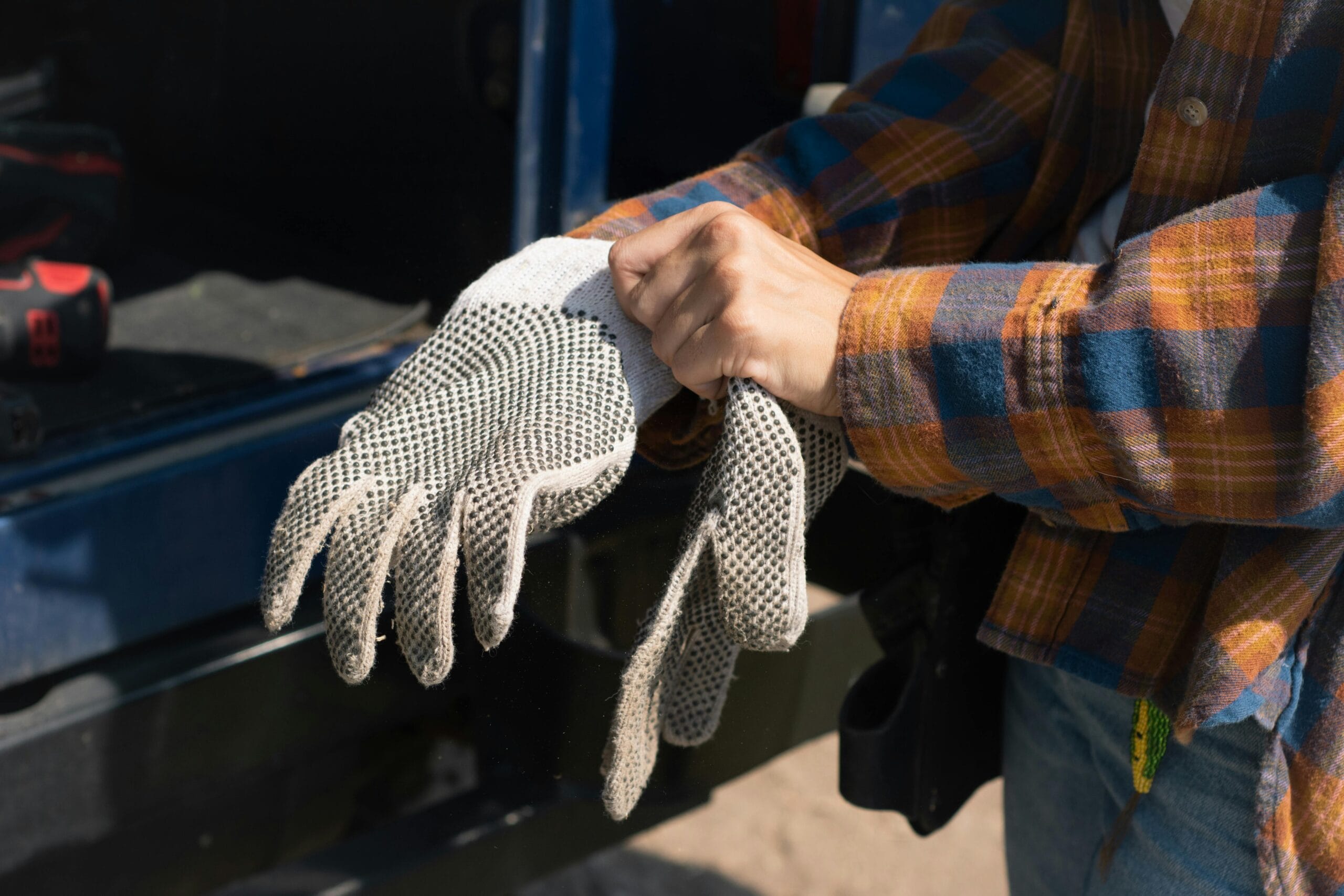
Sharp tools, sheet metal, and glass edges are present in countless industries—and every year, thousands of workers suffer deep lacerations because of the wrong gloves. The financial and human costs are staggering. This article explains why cut resistance matters, unpacks ANSI and EN388 standards, compares glove materials, and highlights real-world cases where poor PPE choices caused expensive failures.
Cut-resistant gloves protect workers against sharp objects using high-performance fibers such as Kevlar®, Dyneema®, or HPPE. ANSI rates cut resistance from A1–A9, while EN388 uses ISO cut levels A–F. Buyers should choose gloves based on task risk, comfort, and compliance with industry standards.
Why Cut Resistance Matters
- 30% of workplace hand injuries involve cuts or lacerations (BLS).
- Each severe laceration costs an average of $21,000–$45,000, including medical treatment and downtime.
- Add indirect costs (training replacements, production delays) and losses skyrocket.
Real Incidents and Lessons:
Case Example #1 – U.S. Metal Plant
A technician handling stainless steel wore basic cotton gloves. A slip caused a deep cut to the tendon, resulting in surgery and 6 weeks off work. OSHA cited the employer for failing to provide appropriate PPE. Total cost: $28,000 in claims + $9,800 in fines.Case Example #2 – Glass Manufacturer in Italy
Employees used nitrile-coated gloves for handling glass panels. Within one week, two severe cuts occurred. The root cause? Gloves had poor EN388 cut performance. The company upgraded to ANSI A6 gloves reinforced with HPPE, reducing incident rates by 80%.Case Example #3 – Automotive Assembly Line
Workers rejected high-cut gloves because they were bulky and sweaty. Management ignored complaints, leading to non-compliance and injuries. Switching to Dyneema®-based gloves with breathable liners improved compliance and eliminated laceration cases.
Understanding ANSI Cut-Resistance Levels
ANSI/ISEA 105 uses grams of force required to cut through material:
| Level | Cut Force (grams) | Typical Tasks |
|---|---|---|
| A1 | 200–499 | Light assembly, packaging |
| A3 | 1,000–1,499 | Handling sheet metal, warehousing |
| A5 | 2,200–2,999 | Glass panels, sharp automotive parts |
| A7 | 4,000–4,999 | Heavy metal processing |
| A9 | 6,000+ | Steel slitting, high-risk metal cutting |
Buyer Insight:
An ANSI A5 glove may cost $3 more than an A3 glove, but it can prevent a $20,000 injury claim.
EN388 Ratings and ISO Cut Test Explained
EN388 covers four mechanical hazards + ISO cut level:
| Example Code | Interpretation |
|---|---|
| 4X43F | Abrasion=4, Cut=X (ISO method), Tear=4, Puncture=3, Cut=F |
- ISO Cut Scale A–F:
- A = Light cut hazards
- F = Extreme hazard (metal stamping, steel edges)
Audit Tip: In EU audits, missing EN388 markings can trigger non-compliance findings, even if gloves offer actual protection.
Material Comparison: Kevlar® vs Dyneema® vs HPPE
| Material | Advantages | Limitations |
|---|---|---|
| Kevlar® | High heat tolerance, proven cut strength | Lower comfort in humid conditions |
| Dyneema® | Extremely light, high dexterity, great grip | Limited thermal resistance |
| HPPE | Affordable, good all-around cut protection | Weaker against prolonged heat exposure |
Advanced Solution: Composite gloves combine HPPE with steel or fiberglass fibers for A8+ protection in heavy metal work.
Common Buying Mistakes
- Selecting gloves by price instead of hazard severity
- Assuming “all cut-resistant gloves are equal” (ANSI ≠ EN388)
- Ignoring worker comfort, leading to PPE non-use
- Forgetting secondary hazards like oil grip or heat resistance
The Hidden Cost of Wrong Gloves
- Direct injury claim: $15,000–$40,000
- OSHA fine per violation: Up to $15,625
- Downtime: Up to 14 days per injury
- Reputation loss: Can affect supplier audits and certifications
Case Example:
A global auto supplier faced ISO audit non-conformance for not specifying ANSI levels in glove procurement. It caused delayed shipments and risked losing a $5M contract renewal.
Quick Procurement Checklist
- [ ] Confirm hazard assessment: sharp objects present?
- [ ] Match glove to ANSI A-level or EN388 ISO cut score
- [ ] Choose material for comfort and performance
- [ ] Verify vendor certifications & lab test data
- [ ] Provide multiple sizes for ergonomic compliance
Buyer FAQ
Q: Does higher cut level mean lower flexibility?
A: Not with modern fibers like Dyneema®, which combine A5+ protection with excellent dexterity.Q: Are coatings important?
A: Yes—nitrile coating improves grip for oily surfaces; polyurethane adds flexibility.Q: How often should gloves be replaced?
A: Inspect daily. Replace when coating wears or fibers show damage.
Additional Buyer Insights
- For oily environments, look for gloves with micro-foam nitrile palms.
- For glass handling, consider gloves with reinforced fingertips for extra protection.
- For multi-hazard tasks (cut + impact), opt for hybrid gloves with TPR knuckle guards.
Conclusion
Cut-resistant gloves are not optional—they are mandatory for metal, glass, and manufacturing industries. Selecting the right ANSI or EN388 level saves money, prevents injuries, and ensures compliance during safety audits.
Need ANSI A5 or EN388 F-rated gloves with expert guidance and bulk pricing?
📩 Email: [email protected]
🌐 Website: www.workwearsolutions.net
Zion Zhang
Recent Posts
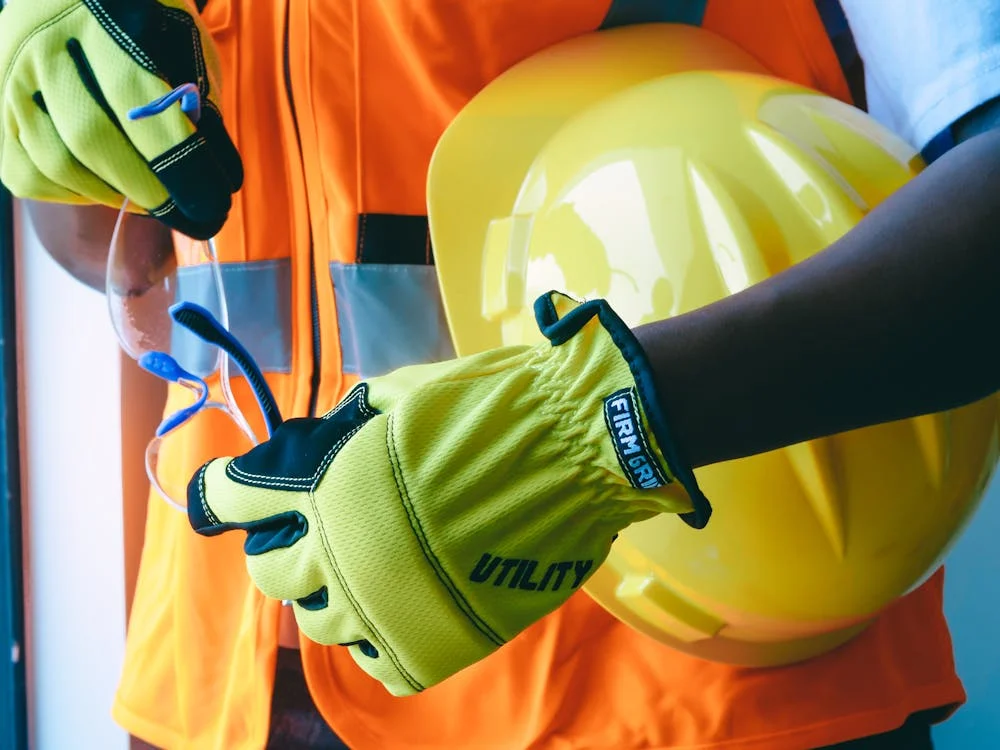 Smart Helmets and Vests: How IoT is Preventing On-Site Accidents2025年11月4日Smart Personal Protective Equipment (PPE) is redefining […]
Smart Helmets and Vests: How IoT is Preventing On-Site Accidents2025年11月4日Smart Personal Protective Equipment (PPE) is redefining […]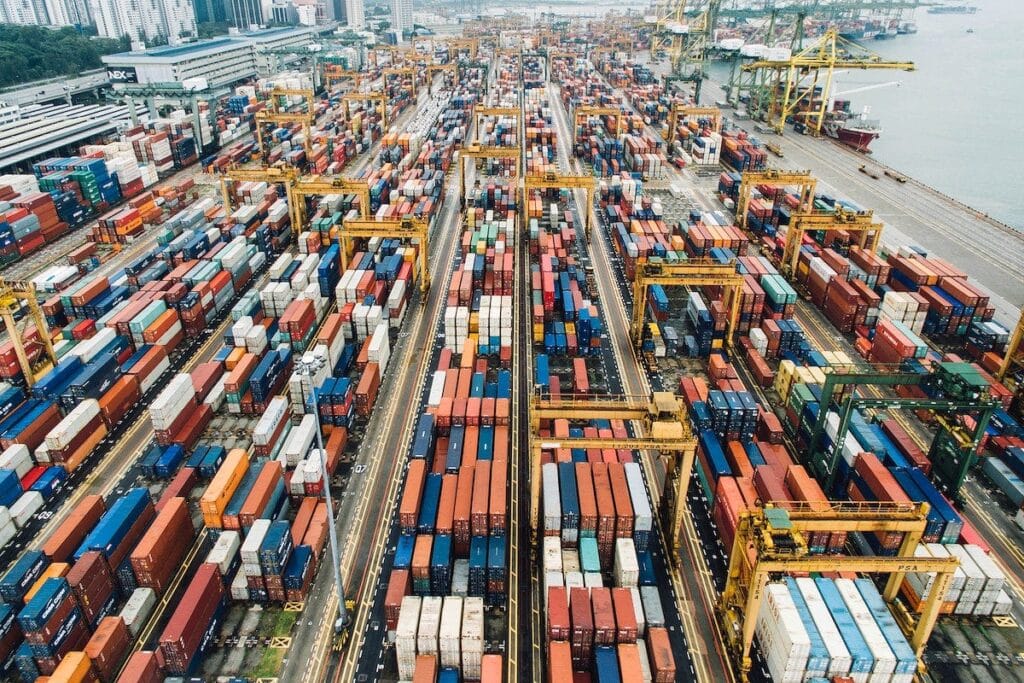 The Peruvian Entrepreneur Who Turned PPE Into a Family Business2025年10月31日Starting Point: A Small Shop Run by a Couple In the […]
The Peruvian Entrepreneur Who Turned PPE Into a Family Business2025年10月31日Starting Point: A Small Shop Run by a Couple In the […]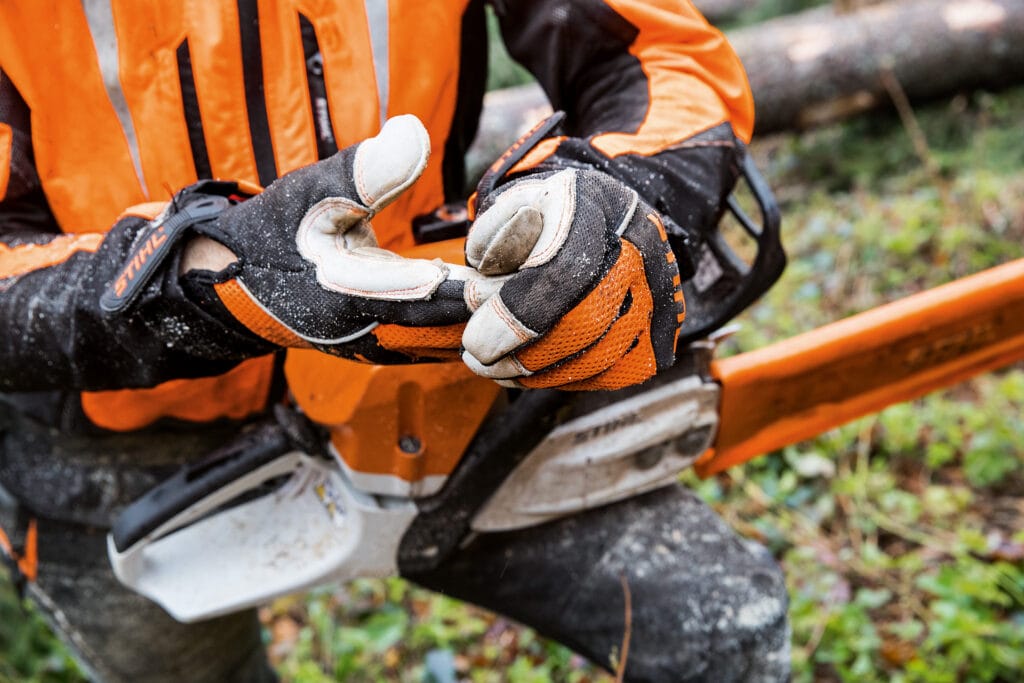 How a Kazakhstani Trader Won a Government Contract for Mining Workwear2025年10月30日In Kazakhstan’s booming mining industry, one small trader […]
How a Kazakhstani Trader Won a Government Contract for Mining Workwear2025年10月30日In Kazakhstan’s booming mining industry, one small trader […]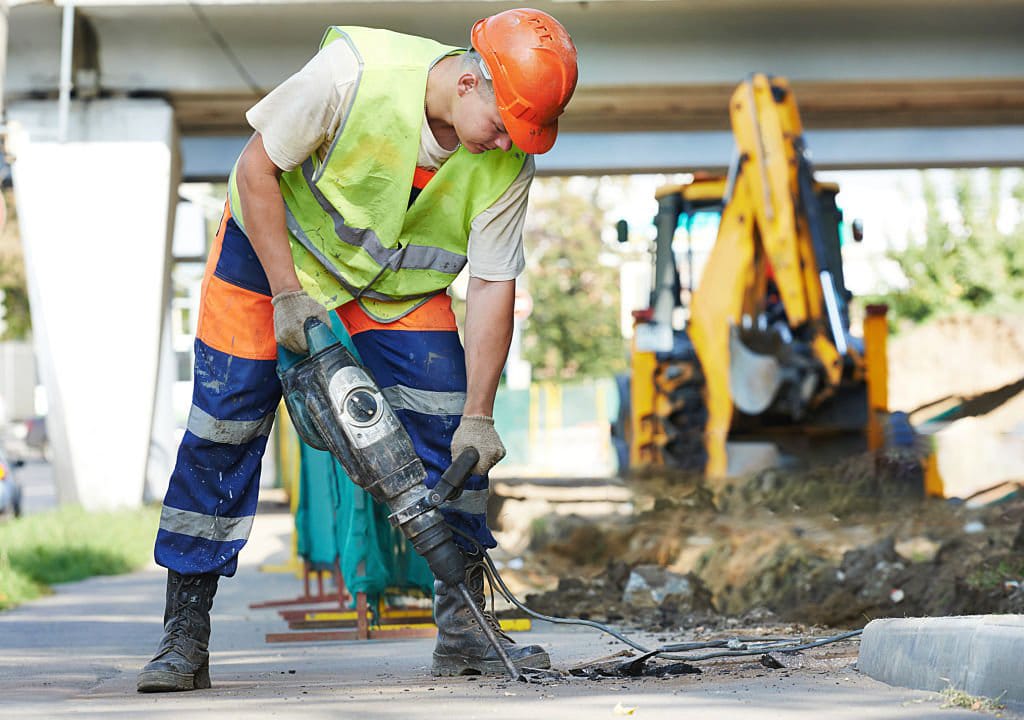 A South African Retailer’s Journey from Importing Shoes to Supplying Full PPE Kits2025年10月30日In South Africa’s rapidly growing industrial supply market, […]
A South African Retailer’s Journey from Importing Shoes to Supplying Full PPE Kits2025年10月30日In South Africa’s rapidly growing industrial supply market, […]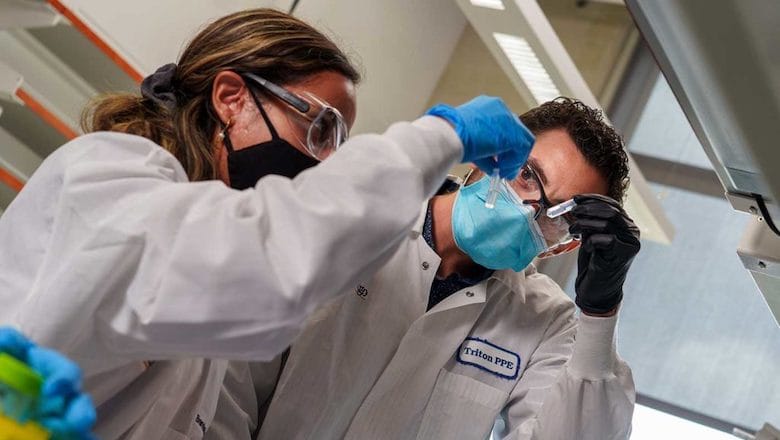 How a Jordanian Contractor Built His Own Workwear Brand for Construction Projects2025年10月30日Introduction In the competitive world of construction, […]
How a Jordanian Contractor Built His Own Workwear Brand for Construction Projects2025年10月30日Introduction In the competitive world of construction, […]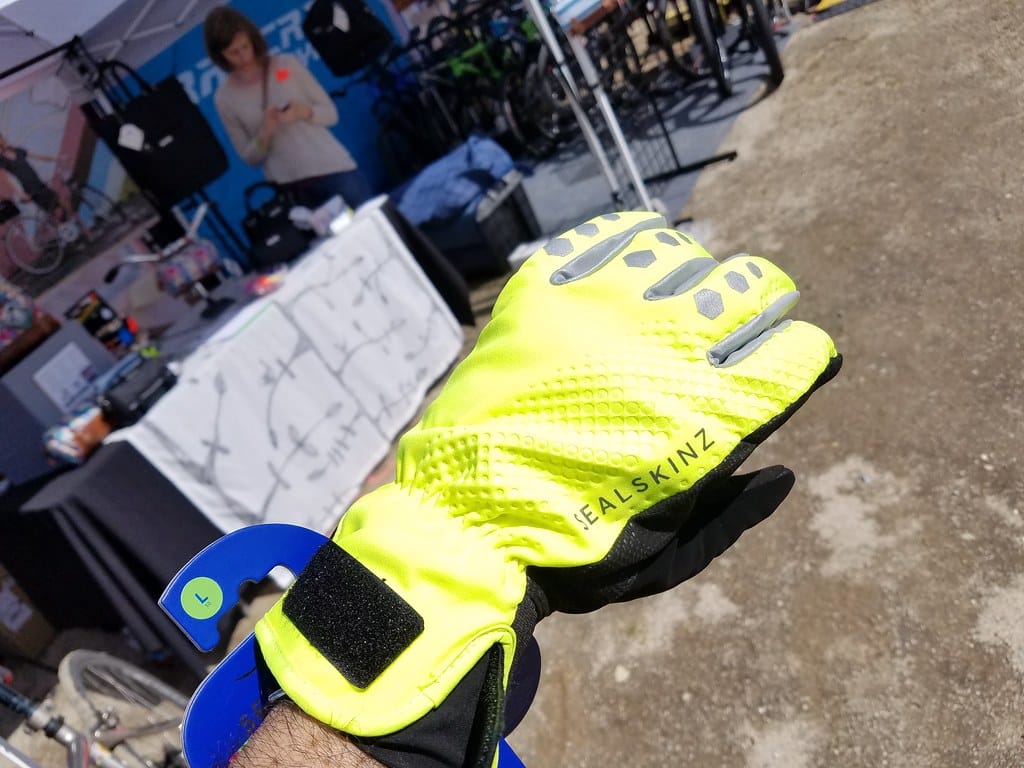 The Nigerian Agent Who Lost $50,000 on Fake Certificates — Then Came Back Stronger2025年10月20日Introduction In the global trade of PPE and industrial […]
The Nigerian Agent Who Lost $50,000 on Fake Certificates — Then Came Back Stronger2025年10月20日Introduction In the global trade of PPE and industrial […]
CONTACT US
- Feel free to contact us any time. We will get back to you as soon as we can!
- +86-17330061805
